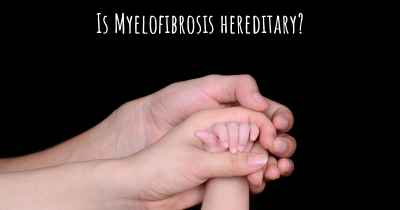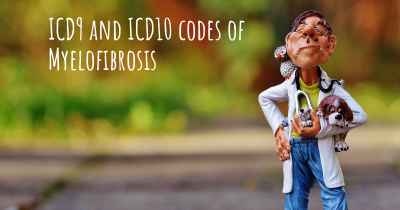What are the best treatments for Myelofibrosis?
See the best treatments for Myelofibrosis here

Myelofibrosis is a rare and chronic bone marrow disorder characterized by the abnormal production of blood cells and the development of fibrous tissue in the bone marrow. It is a type of myeloproliferative neoplasm, which means that the bone marrow produces too many blood cells. Myelofibrosis can cause a range of symptoms, including fatigue, weakness, anemia, enlarged spleen, and increased susceptibility to infections.
The treatment of myelofibrosis aims to manage symptoms, improve quality of life, and slow down the progression of the disease. The choice of treatment depends on various factors, including the patient's age, overall health, symptoms, and the risk of disease progression. Here are some of the best treatments for myelofibrosis:
1. Supportive Care:
Supportive care plays a crucial role in managing the symptoms and complications associated with myelofibrosis. This includes:
- Blood transfusions: Transfusions of red blood cells or platelets may be necessary to manage anemia and low platelet counts.
- Medications: Medications such as pain relievers, antibiotics, and antiviral drugs may be prescribed to manage pain, prevent infections, and treat other complications.
- Dietary changes: A well-balanced diet rich in nutrients can help support overall health and manage symptoms.
- Physical activity: Regular exercise, as tolerated, can help improve energy levels and reduce fatigue.
2. Drug Therapy:
Several medications are available to treat myelofibrosis and its associated symptoms. These include:
- JAK inhibitors: Drugs such as ruxolitinib and fedratinib are commonly used to reduce spleen size, alleviate symptoms, and improve quality of life in patients with myelofibrosis.
- Immunomodulatory drugs: Agents like thalidomide and pomalidomide may be prescribed to manage anemia and other symptoms.
- Androgen therapy: Danazol, a synthetic male hormone, can help improve anemia and reduce transfusion requirements in some patients.
- Interferon therapy: Interferon-alpha, a type of immunotherapy, may be used to manage symptoms and slow down disease progression.
3. Stem Cell Transplantation:
For eligible patients, stem cell transplantation (also known as bone marrow transplantation) can be a potentially curative treatment option. This procedure involves replacing the diseased bone marrow with healthy stem cells from a compatible donor. Stem cell transplantation carries risks and is typically reserved for younger patients with advanced disease or those who have failed other treatments.
4. Clinical Trials:
Participation in clinical trials can provide access to novel therapies and experimental treatments that are not yet widely available. Clinical trials help advance medical knowledge and may offer potential benefits to patients with myelofibrosis.
5. Symptom Management:
Various strategies can be employed to manage specific symptoms associated with myelofibrosis:
- Splenomegaly: In cases of an enlarged spleen causing discomfort or other complications, surgical removal of the spleen (splenectomy) may be considered.
- Pruritus: Medications, such as antihistamines or corticosteroids, can help alleviate itching.
- Bone pain: Pain medications, physical therapy, and radiation therapy may be used to manage bone pain.
- Infections: Preventive measures, such as vaccinations and prophylactic antibiotics, can help reduce the risk of infections.
It is important for individuals with myelofibrosis to work closely with a hematologist or oncologist who specializes in the treatment of blood disorders. The treatment approach should be tailored to each patient's unique circumstances, and regular monitoring is essential to assess treatment response and adjust therapies as needed.








